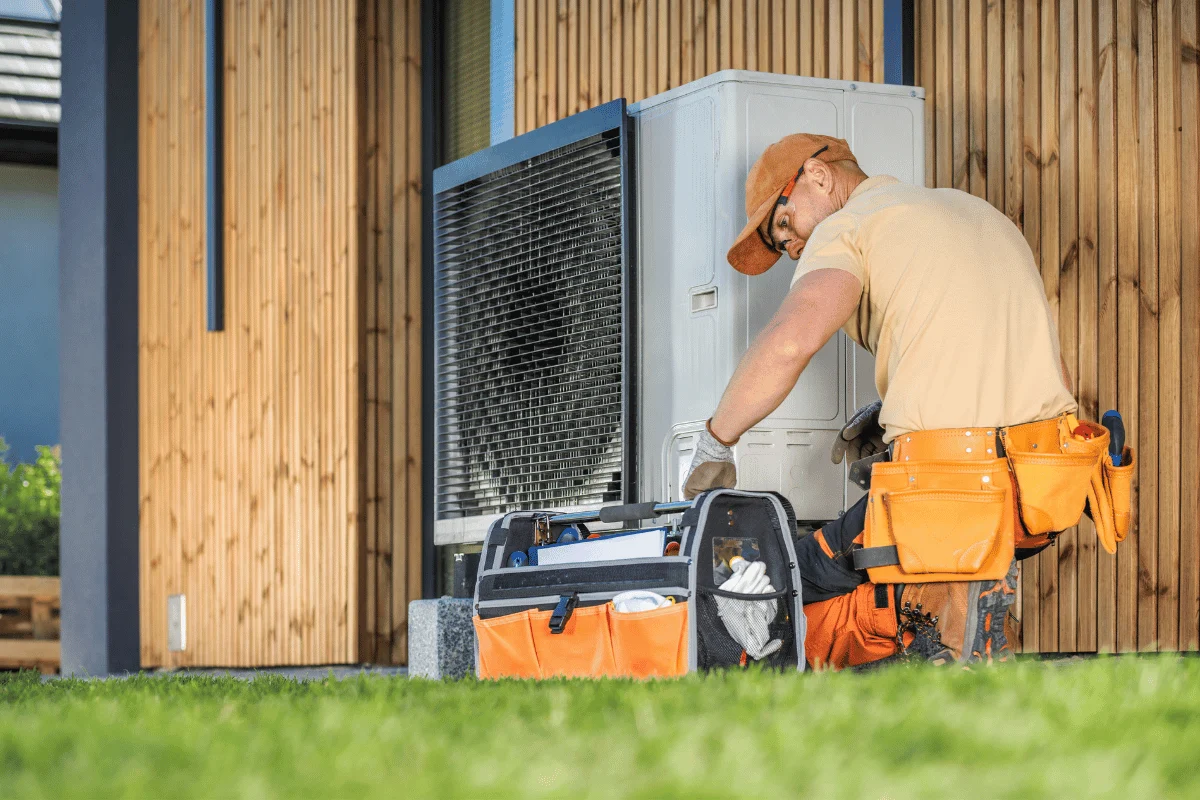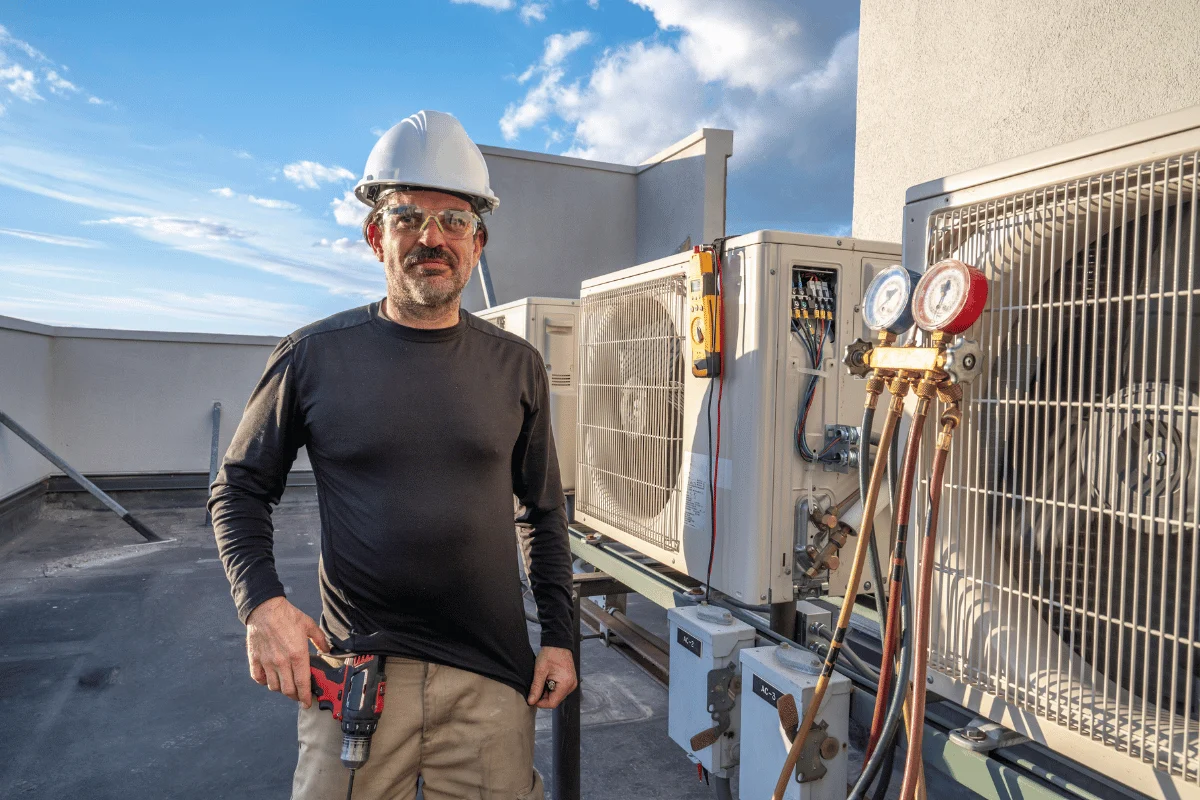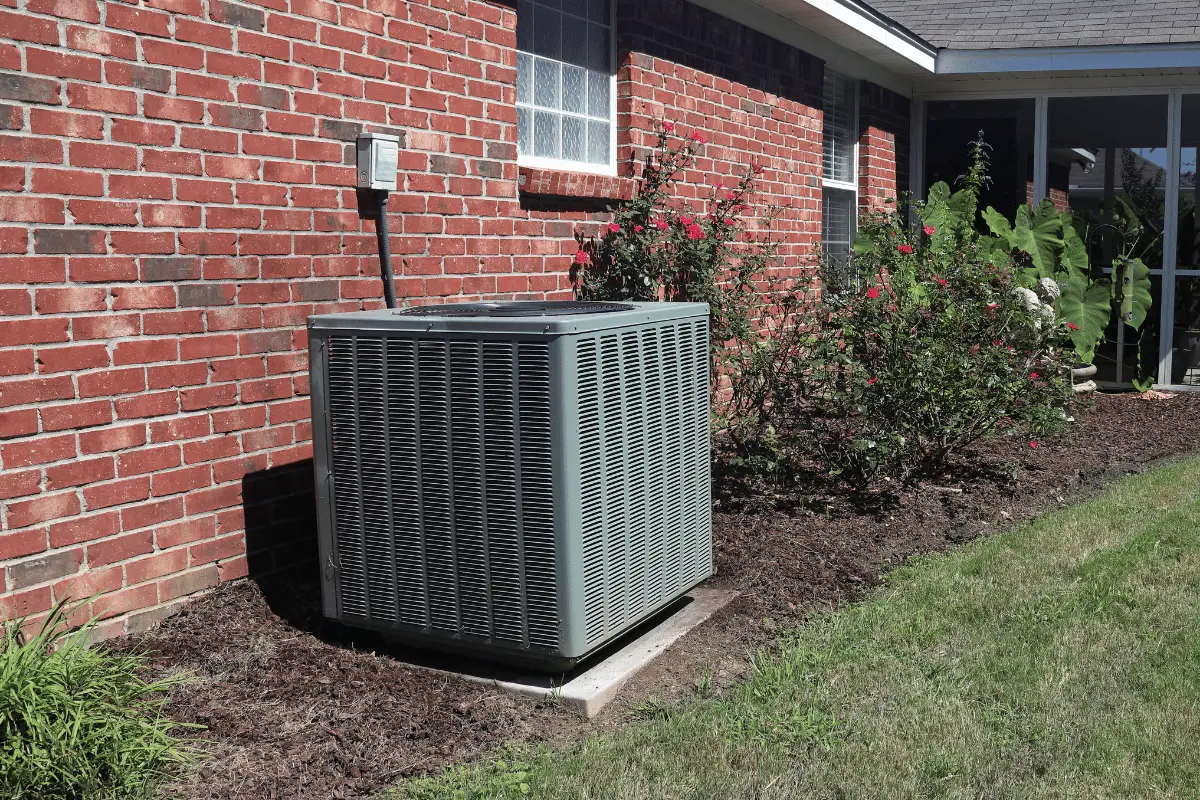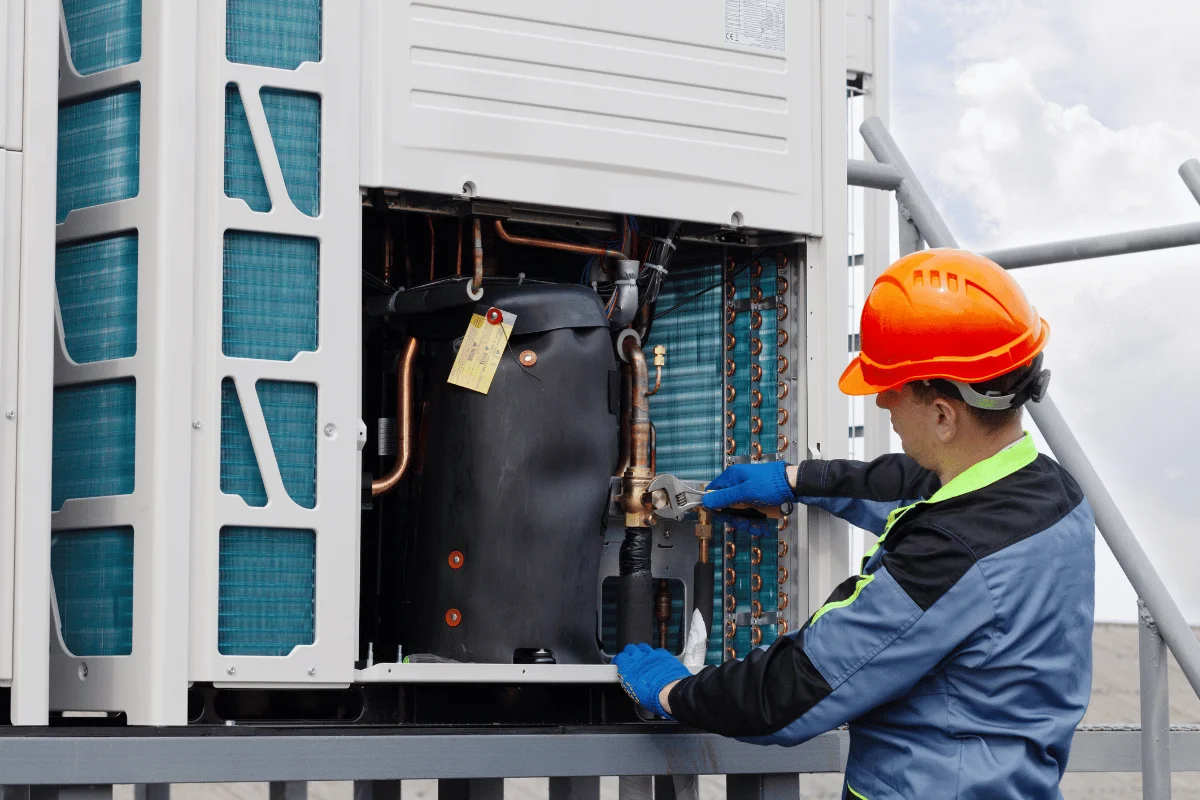When it comes to choosing a new air conditioning system or evaluating your current one, you may come across the term SEER. SEER stands for Seasonal Energy Efficiency Ratio, and it’s a key factor in determining how efficiently your HVAC system operates. Here’s what you need to know about SEER ratings and their impact on your energy bills.
What is SEER?
SEER is a measure of an air conditioner’s cooling efficiency over a typical cooling season. It’s calculated by dividing the total amount of cooling provided (measured in BTUs) by the total amount of energy consumed (measured in watt-hours) during the same period. In simpler terms, it reflects how efficiently an air conditioning unit converts energy into cooling power.
How SEER Ratings Work
- Higher SEER Ratings: Units with higher SEER ratings are more efficient, meaning they use less energy to produce the same amount of cooling compared to units with lower ratings. For example, a system with a SEER rating of 16 is more efficient than one with a SEER rating of 12.
- Lower SEER Ratings: Conversely, units with lower SEER ratings are less efficient and will consume more energy to achieve the same level of cooling, leading to higher energy bills.
SEER Ratings and Energy Bills
- Energy Efficiency: Higher SEER-rated systems consume less electricity to deliver the same cooling performance, which can result in significant savings on your monthly energy bills. For instance, upgrading from an old air conditioner with a SEER rating of 10 to a modern one with a SEER rating of 16 can lead to up to 40% savings on cooling costs.
- Long-Term Savings: While systems with higher SEER ratings may have a higher upfront cost, the savings on energy bills can offset this over time. Consider the long-term benefits and potential return on investment when choosing a unit with a higher SEER rating.
- Climate Considerations: Your local climate plays a role in how much you’ll save with a higher SEER-rated system. In hotter climates where air conditioning is used more frequently, the savings from a higher SEER rating can be more substantial.
How to Choose the Right SEER Rating
- Assess Your Needs: Consider how often you use your air conditioner and the climate in your area. If you live in a region with extreme temperatures or use your AC frequently, investing in a higher SEER-rated unit can provide greater savings.
- Budget: Evaluate your budget for both the initial investment and potential energy savings. A higher SEER rating may cost more upfront but can lead to greater savings in the long run.
- Professional Advice: Consult with an HVAC professional to determine the best SEER rating for your home and cooling needs. They can help you select a system that balances efficiency, cost, and performance.
In summary, understanding SEER ratings can help you make an informed decision when selecting an air conditioning system and manage your energy bills effectively. By opting for a unit with a higher SEER rating, you can enjoy greater efficiency and long-term savings on your energy costs.






